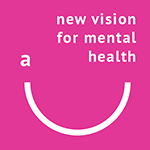Aidan Clerkin, from the Educational Research Centre (Dublin, Ireland), writes:
“The Irish education system includes a quasi-gap year, known as transition year (TY), midway through secondary school. Students may choose to complete six years of secondary education (including TY as the fourth year, aged about 15) or five years (without TY). TY was introduced on a pilot basis in 1974, becoming more widely available in the 1990s. Participation rates have since increased consistently, with two-thirds of eligible students now participating (Clerkin 2018a).
The aim of TY is to allow students a chance to step back from the pressure of high-stakes examinations, to provide a space for personal and social development, and to prepare students for life beyond school. TY students are generally given more freedom and more opportunities for self-directed learning. Cultural activities, subject sampling, entrepreneurial and artistic projects, community involvement and trips away from school are common …”
Read more here.





